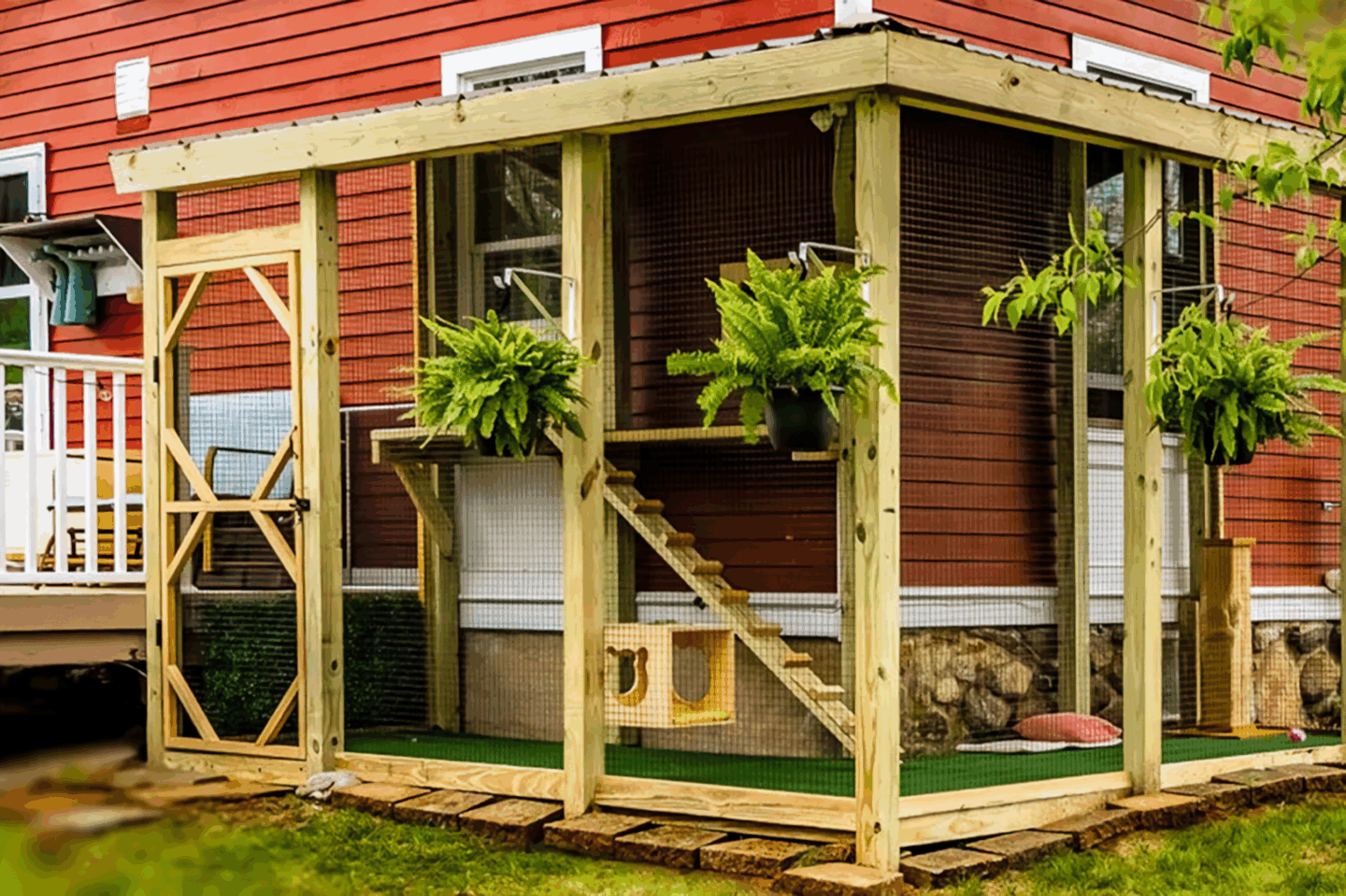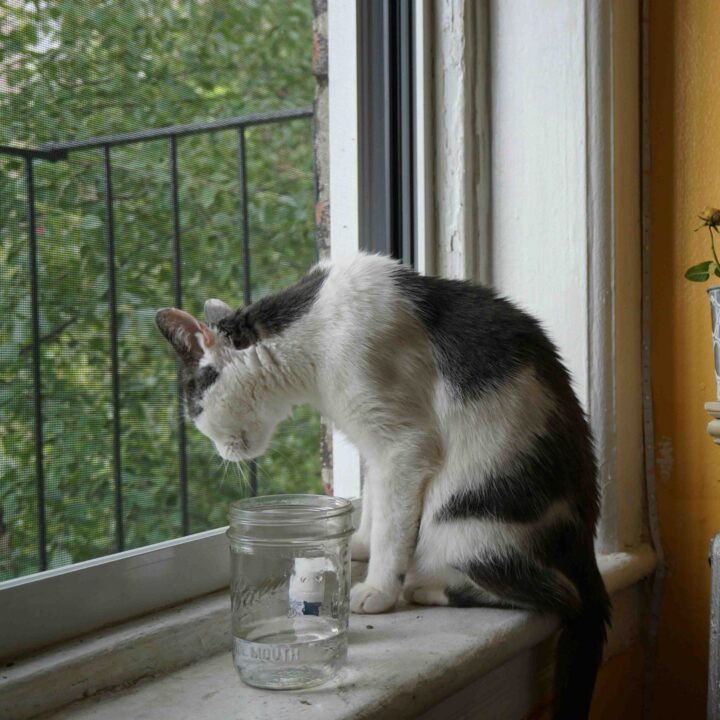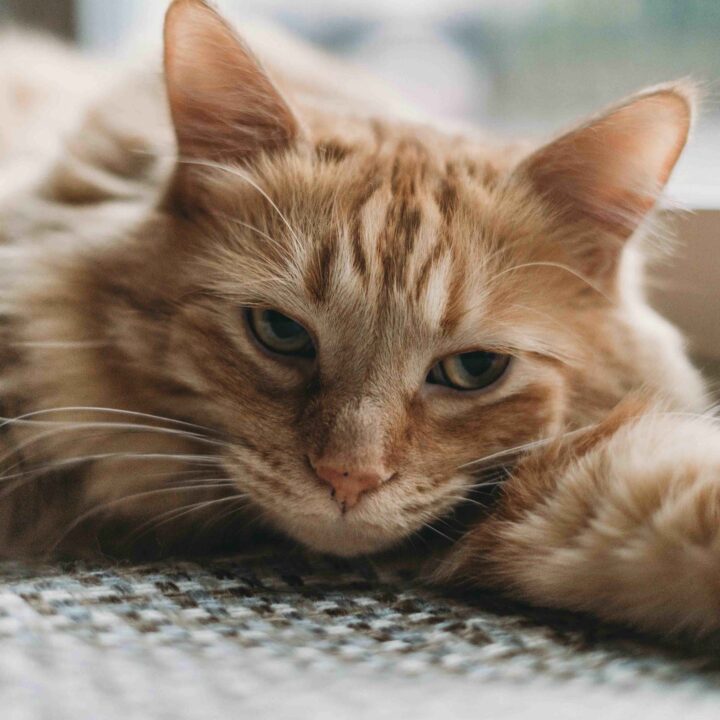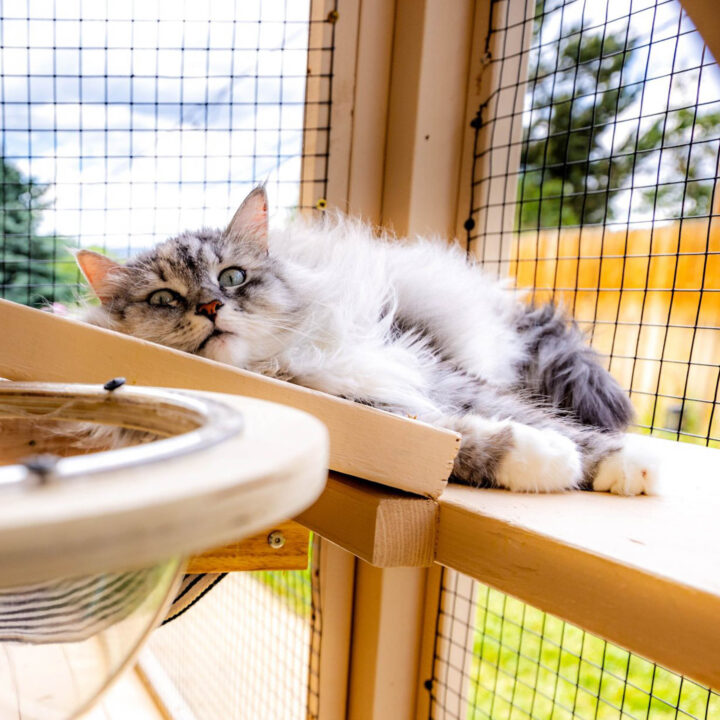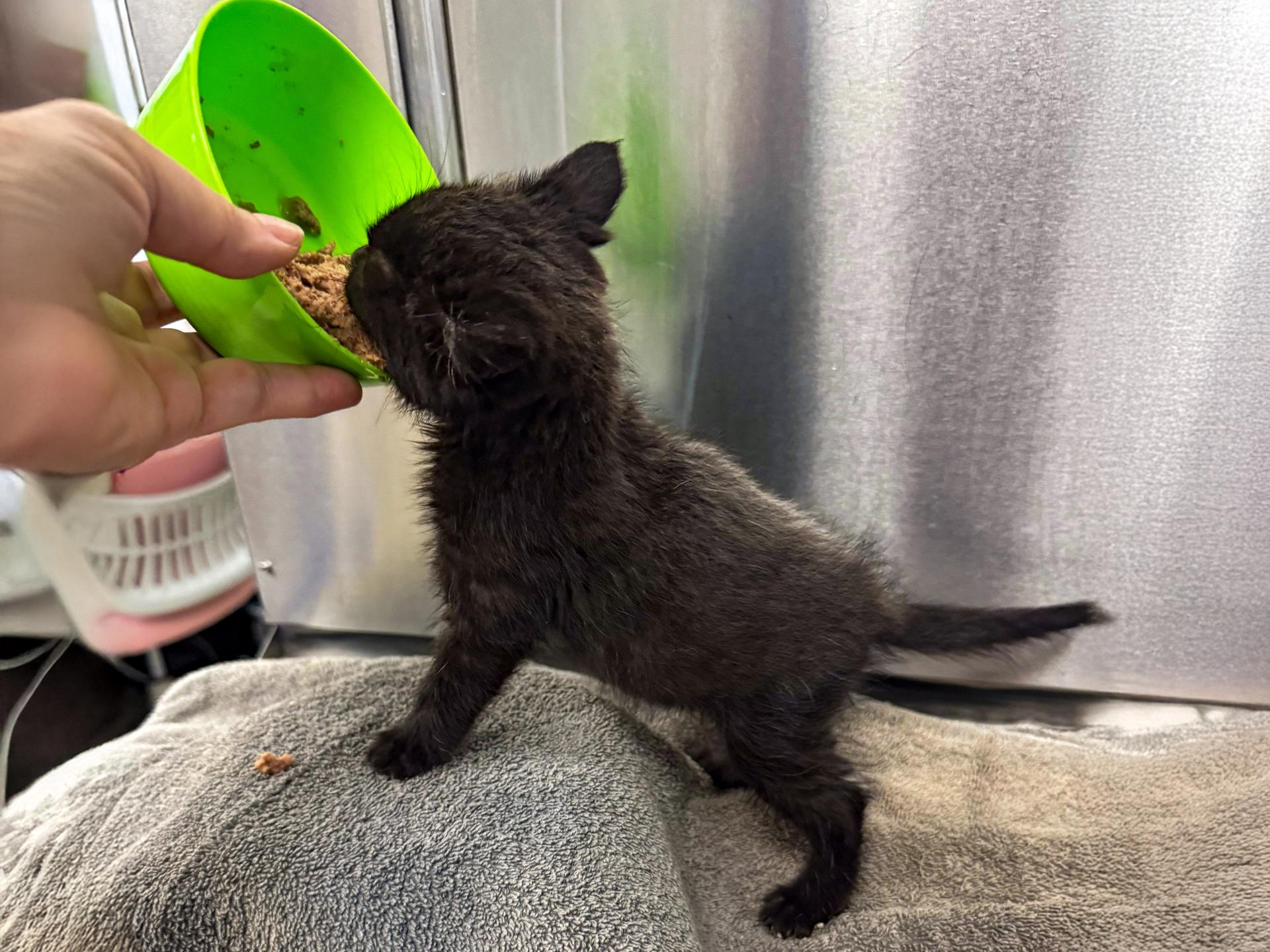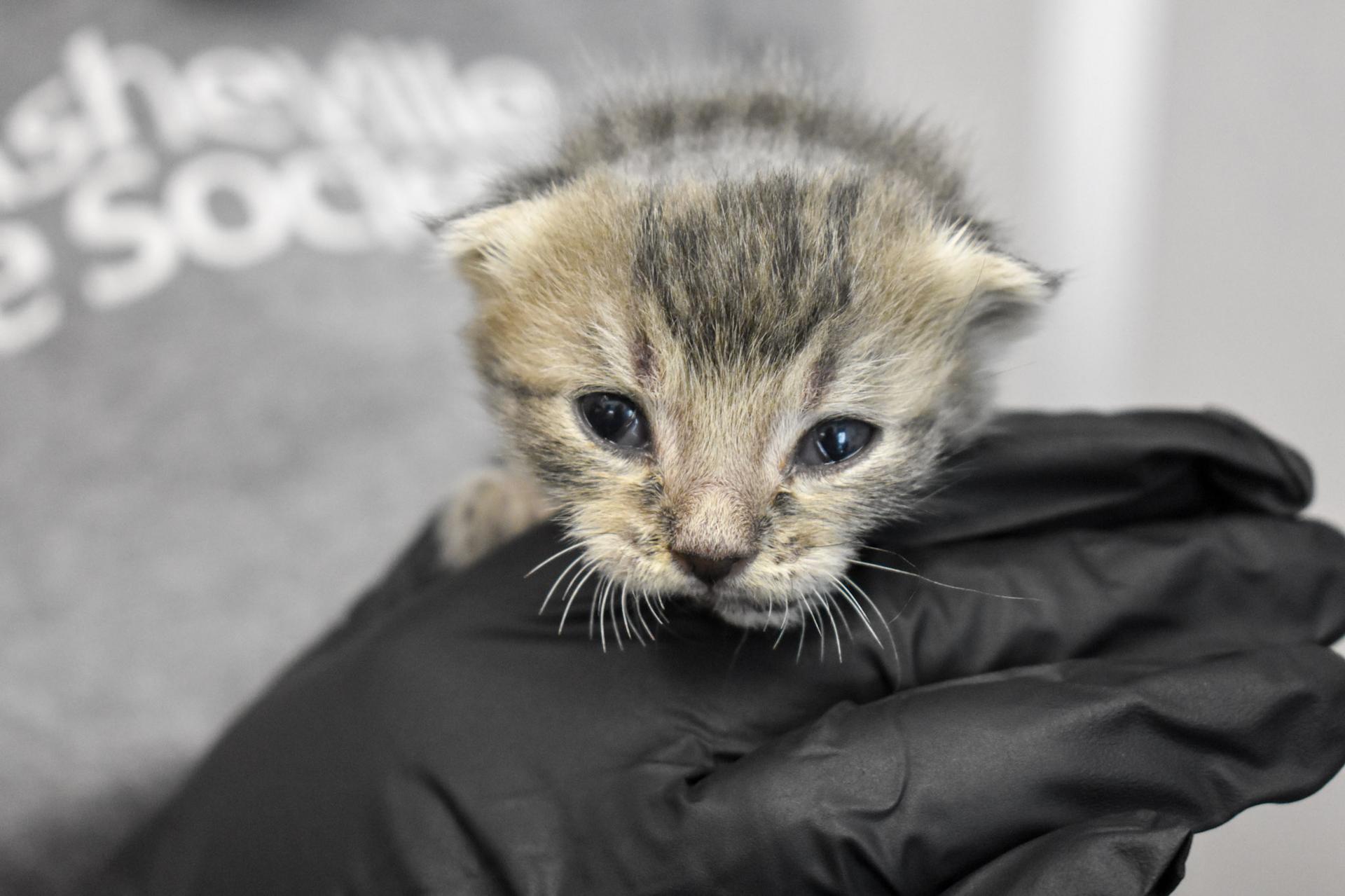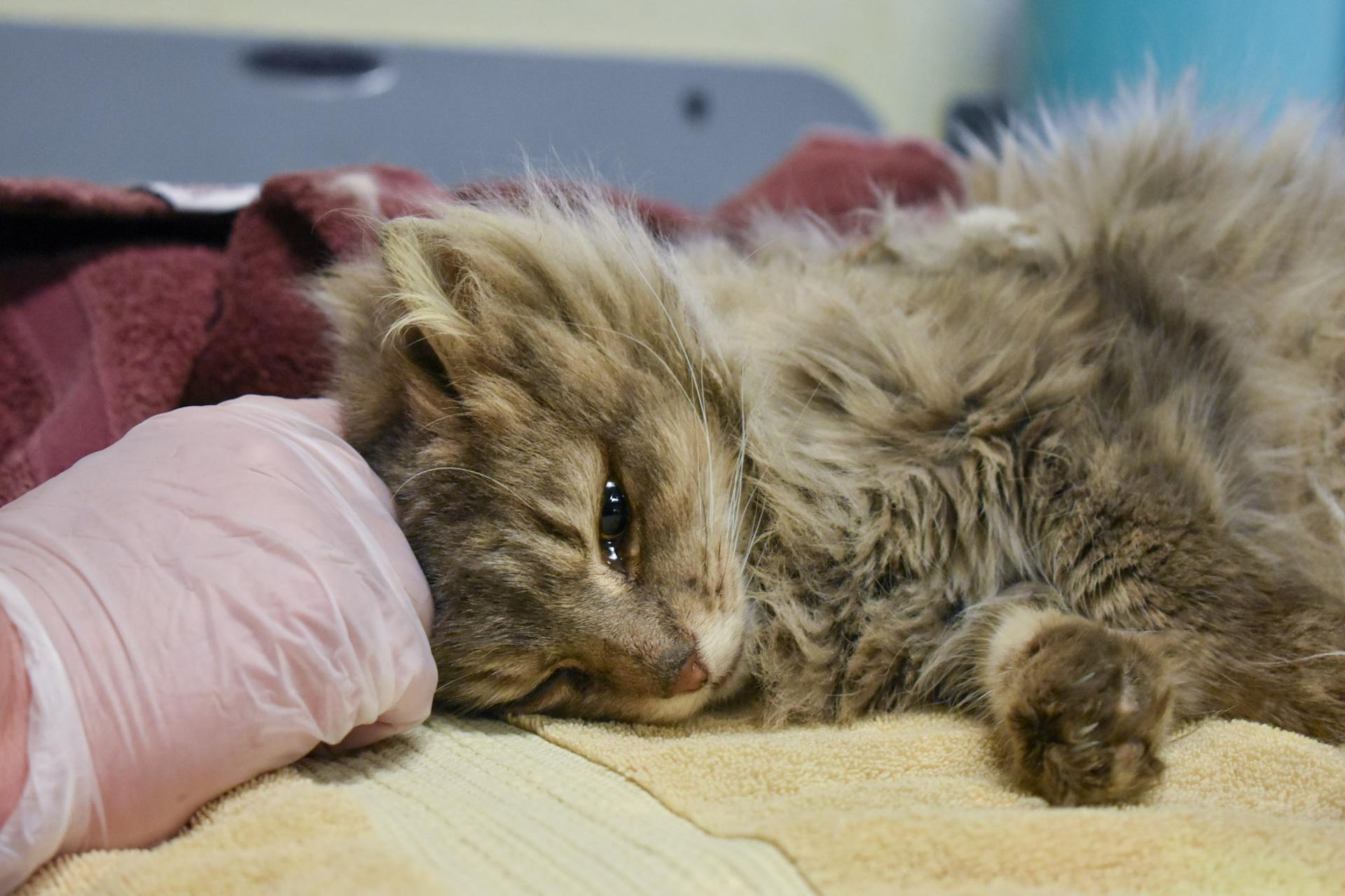by Matthew Hildebrandt, Cat Topia
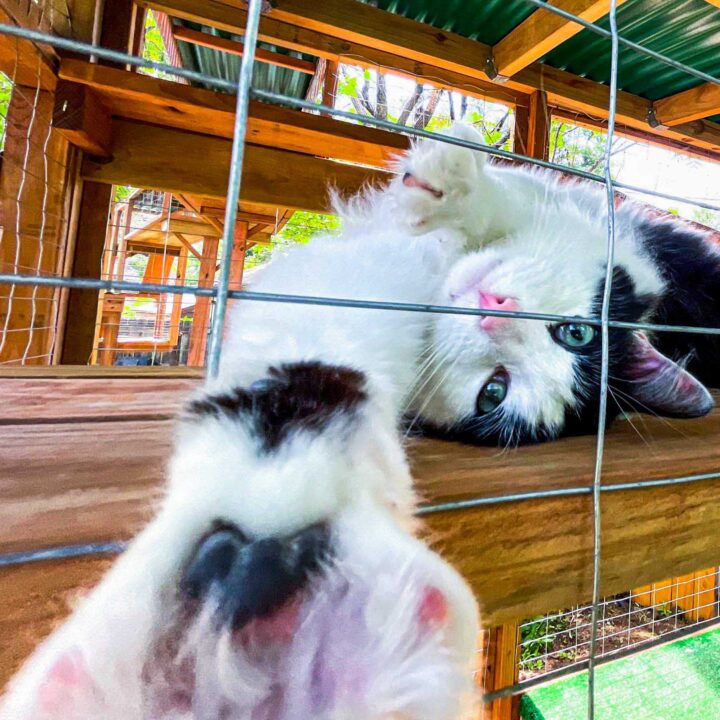
Cat enrichment is often misunderstood as just tossing out a few toys or scheduling a quick play session. While those activities are valuable, enrichment is so much more, it’s a cornerstone of a cat’s mental, physical, and emotional well-being. Without it, cats can experience boredom, stress, and even develop long-term behavioral or health issues.
Providing enrichment means giving cats opportunities to express their natural instincts: climbing, hunting, exploring, scratching, and problem-solving. It’s about creating an environment where they can thrive, not just pass time. Whether caring for a long-time feline friend or welcoming a new cat into the family, simple enrichment strategies can make a world of difference in their quality of life.
The Dangers of a Lack of Enrichment
When cats don’t receive the mental and physical stimulation they need, the effects go far beyond boredom. A lack of enrichment can quietly chip away at a cat’s well-being, leading to behavioral, psychological, and physical problems that are often misunderstood or misdiagnosed.
Behavioral Problems
Cats are instinctual creatures, wired to hunt, stalk, climb, and explore. When those needs aren’t met, their energy doesn’t just disappear, it often gets redirected into destructive or compulsive behaviors.
Common signs of enrichment deprivation include:
- Aggression toward people or other pets
- Overgrooming, sometimes to the point of bald patches or skin irritation
- Scratching furniture or household items excessively
- Vocalizing excessively, especially at night
- Pacing or obsessive behaviors like tail-chasing or repetitive movements
These behaviors are frequently mistaken for personality flaws or “bad behavior,” when in reality, they’re signals of an unfulfilled need for stimulation.
Mental Health Struggles
Just like humans, cats can experience symptoms of depression, anxiety, and stress when they’re mentally unstimulated. Some signs to watch for include:
- Withdrawing or hiding more often than usual
- Disinterest in toys, play, or food
- Excessive sleeping or lethargy
- Irritability or sensitivity to routine changes
Physical Health Risks
The body suffers too when a cat’s mind is neglected. Without daily opportunities to move, stretch, and play, cats may face:
- Obesity, leading to diabetes, joint pain, and cardiovascular issues
- Muscle loss, particularly in senior or indoor-only cats
- Weakened immunity, making them more vulnerable to illness
Cat Enrichment is Essential, Not Optional
Enrichment isn’t a luxury, it’s a basic need for every cat. Much like humans, cats require mental stimulation, physical activity, and variety to stay healthy and content. Without it, they can become bored, anxious, or even develop behavioral and health issues over time.
Cats are instinct-driven creatures built to hunt, climb, scratch, and explore. Enrichment gives them safe, healthy ways to express these natural behaviors, even in an indoor setting. From puzzle toys to perches and interactive play, these daily activities are crucial to their well-being.
Supporting your cat’s instincts isn’t just helpful, it’s essential for a happier, more balanced life.
6 Simple Ways to Enrich Your Cat’s Life
- Rotate Toys and Games: Keep things fresh by swapping toys every few days. This prevents boredom and makes old toys feel new again.
- Provide Vertical Space: Add shelves, cat trees, or climbing areas. Cats love to perch up high where they can observe their environment.
- Introduce Puzzle Feeders: Use treat-dispensing toys or food puzzles. These mimic hunting behavior and turn mealtime into a challenge.
- Interactive Playtime: Engage your cat with wand toys or feathers. Short sessions of active play help burn energy and build trust.
- Use Scents and Sounds: Offer sensory stimulation with catnip, silvervine, or nature sounds. These awaken curiosity and encourage exploration.
- Provide Safe Outdoor Access or Window Views: Set up a catio, window perch, or screen-protected patio. Fresh air and movement outside provide hours of enrichment.
Enrichment is Especially Important for Newly Adopted Cats
The transition to a new home can be overwhelming for any cat, new sights, sounds, smells, and routines can trigger stress or anxiety, especially in the early days. Providing enrichment during this adjustment period is one of the most effective ways to help a cat feel safe, confident, and in control of their new environment.
Simple enrichment activities, like puzzle feeders, cozy hideaways, interactive play, and vertical spaces, can give newly adopted cats a sense of purpose and comfort. These outlets reduce stress by allowing them to express natural behaviors on their own terms, which is essential when everything around them feels unfamiliar.
Enrichment also plays a key role in building trust. When you engage your new cat in consistent, low-pressure ways, like gentle play sessions or scent-based exploration, you’re showing them that their new home is both stimulating and secure. Over time, these experiences strengthen the bond between cat and caretaker, laying the foundation for a confident and well-adjusted companion.
Small Changes, Big Impact
Enrichment isn’t just something extra, it’s one of the most important things you can offer your cat. It helps prevent boredom and behavior problems, supports their health, and makes everyday life more enjoyable, for both of you. Whether you’ve lived with your cat for years or you’ve just brought a new one home, creating an enriching environment is one of the best ways to help them thrive.
The great part? It doesn’t have to be complicated. A few simple changes, like rotating toys, adding a perch near the window, or introducing a puzzle feeder, can go a long way. Small, consistent efforts make a big impact.
And if you want to go even further, a custom catio can be a game-changer. It gives your cat safe access to the outdoors, which satisfies so many of their natural instincts like climbing, watching wildlife, and feeling the breeze on their whiskers, all without the risks of free-roaming.
If you’re not sure where to start, don’t stress. Try one new thing at a time, and see what your cat responds to. Every step you take toward enrichment is a step toward a happier, healthier cat.
